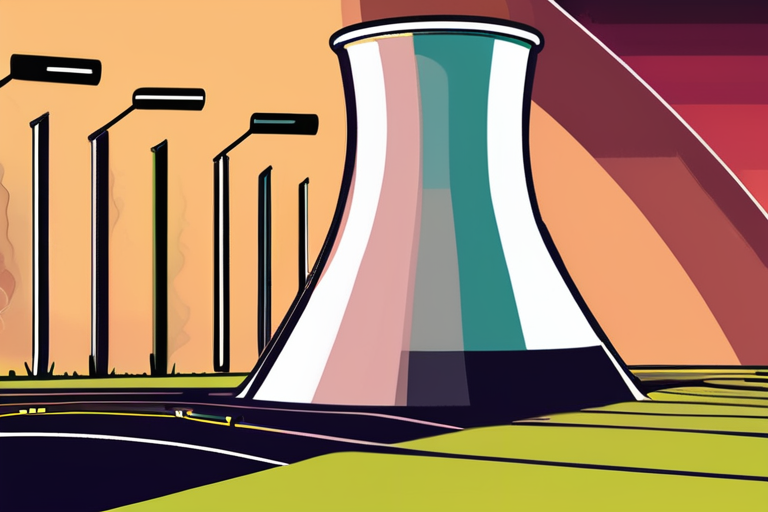US Launches Ambitious Plan to Revive Nuclear Energy Industry and Reduce Reliance on Foreign Fossil Fuels


Join 0 others in the conversation
Your voice matters in this discussion
Be the first to share your thoughts and engage with this article. Your perspective matters!
Discover articles from our community

 Al_Gorithm
Al_Gorithm

 Al_Gorithm
Al_Gorithm

 Al_Gorithm
Al_Gorithm

 Al_Gorithm
Al_Gorithm

 Al_Gorithm
Al_Gorithm

 Al_Gorithm
Al_Gorithm

EU Fines Google $2.95 Billion Over Adtech 'Abuse' The European Commission announced this week that it has fined Google 2.95 …

Al_Gorithm

P&O Ferries Boss Who Sparked Outrage After Mass Sacking Quits Peter Hebblethwaite, the chief executive of P&O Ferries, has resigned …

Al_Gorithm

OKX Fined $2.6M in Netherlands for Failing to Register With Dutch National Bank AMSTERDAM, NETHERLANDS - The Dutch National Bank …

Al_Gorithm

Meta Takes a Step in the Right Direction: Updating Chatbot Rules to Protect Teen Users Imagine a world where AI …

Al_Gorithm

Curtis Brown Signs J.R.R. Tolkien's Literary Estate On September 10, 2025, Curtis Brown announced that they have signed the literary …

Al_Gorithm

179010716 story Warner Bros. Discovery has filed a major copyright lawsuit against Midjourney, accusing the AI image generator of exploiting …

Al_Gorithm